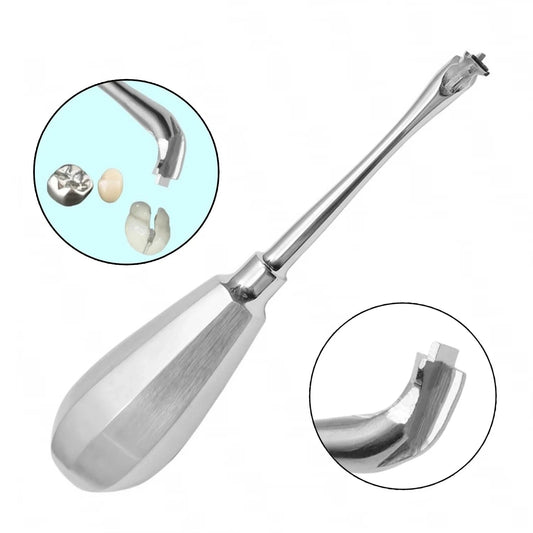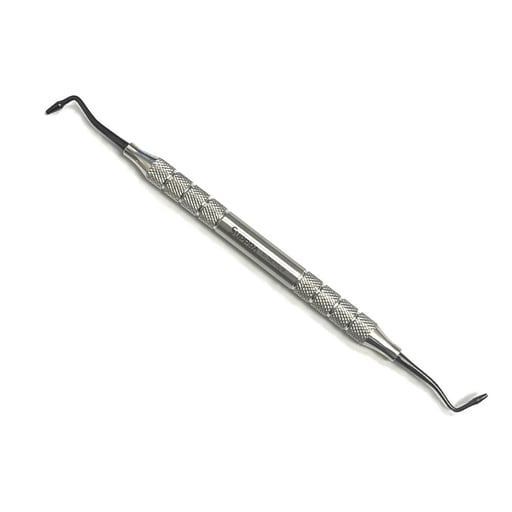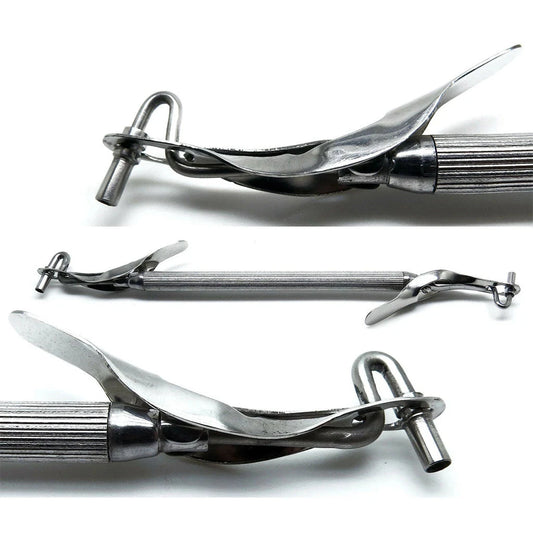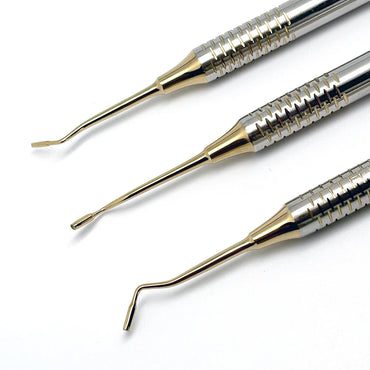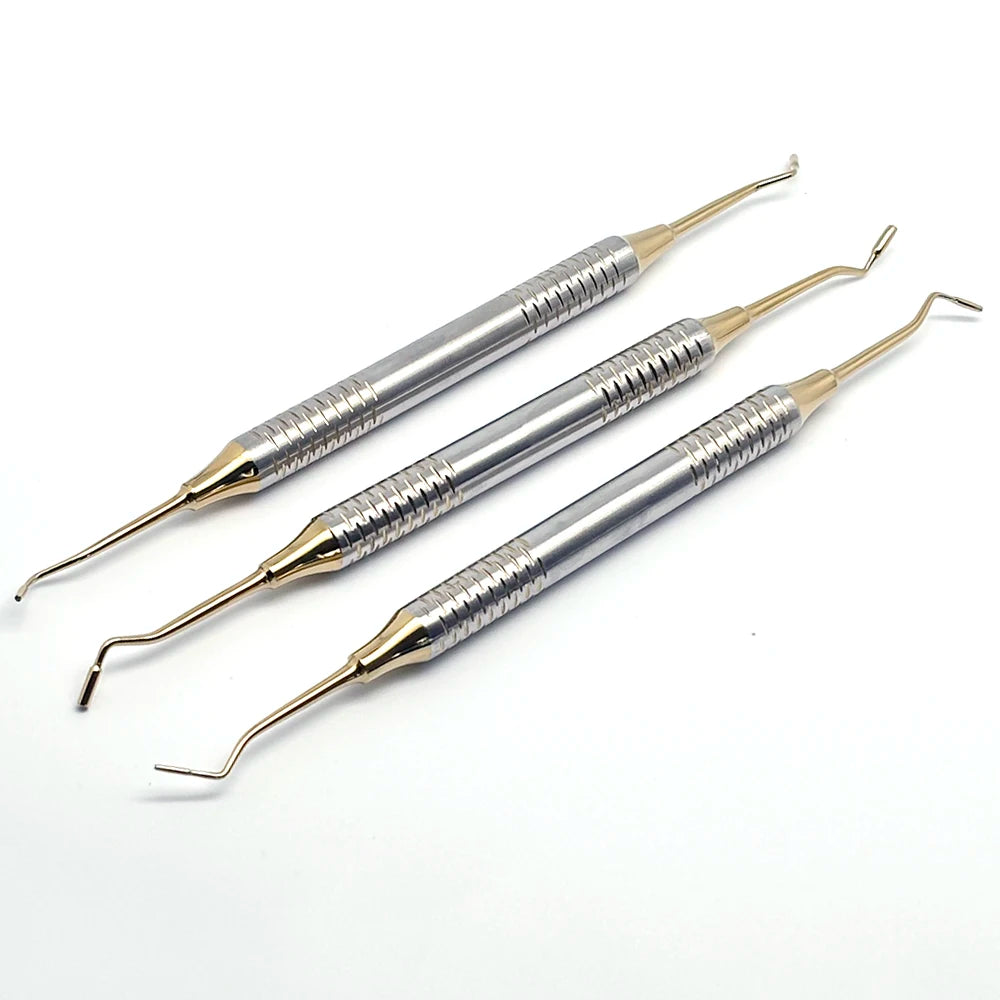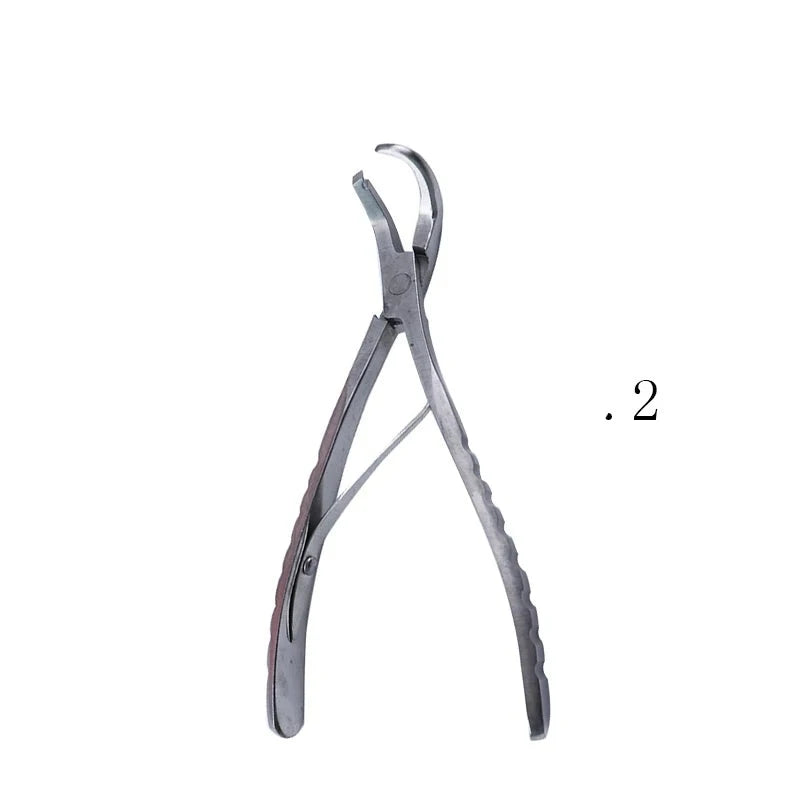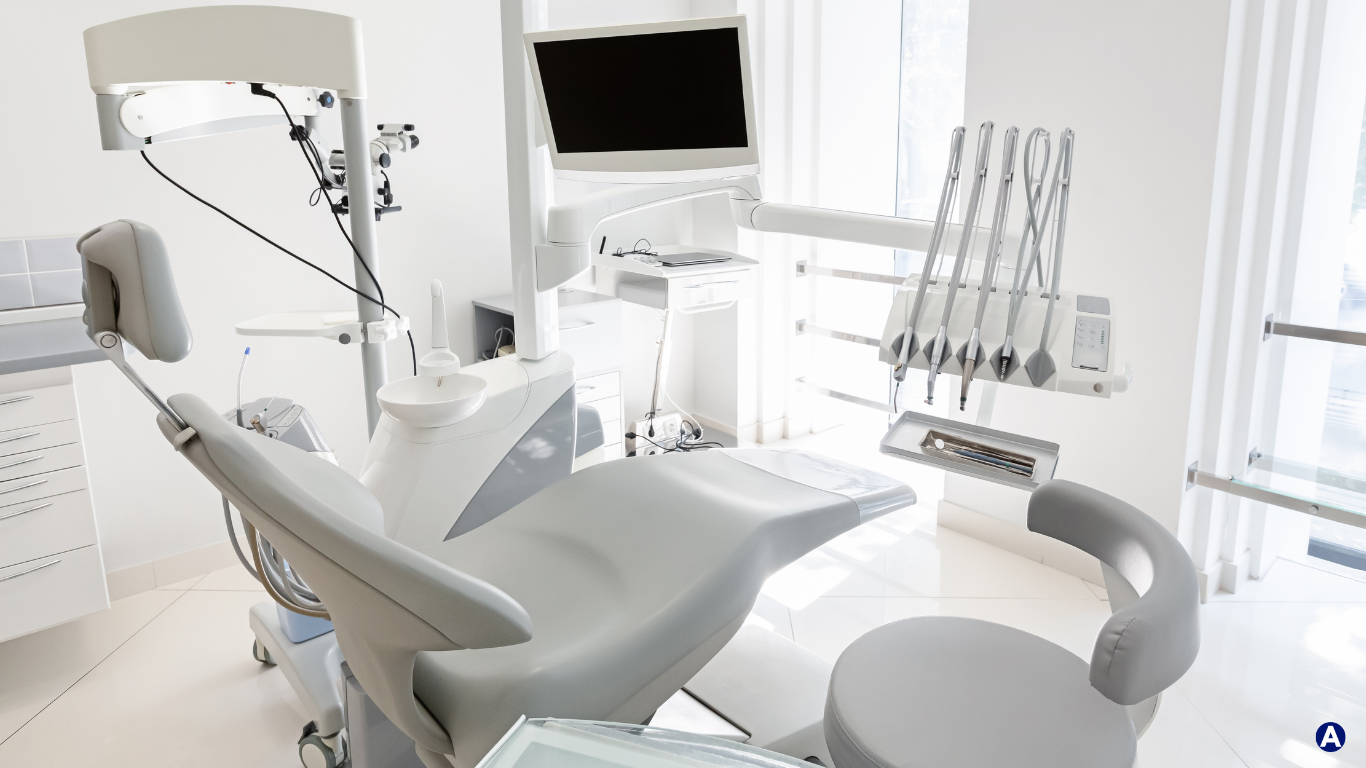Access to dental care is increasingly slipping out of reach for many people, even as its importance to overall health becomes more apparent. Rising costs, coupled with systemic barriers, are leaving millions without the care they need, deepening health inequalities. As dental care becomes less attainable for large segments of the population, it highlights a growing healthcare gap that demands urgent attention.
Rising Costs: A Barrier to Care
One of the primary reasons dental care is becoming less accessible is the steadily increasing costs of services. Even basic procedures, such as cleanings or check-ups, can strain household budgets, particularly for those without insurance. More complex treatments, including crowns, root canals, and braces, can cost thousands of dollars, putting them beyond the reach of many.
In the United States, this issue is most severe for the uninsured. Approximately 23% of the population lacks dental insurance, leaving a large portion of people either postponing care or foregoing it entirely. This often results in untreated conditions becoming worse, ultimately requiring more costly emergency care later on.
Even for those with insurance, dental plans often fall short. Coverage limits and out-of-pocket costs make it difficult for people to manage more significant dental issues, leading to a vicious cycle of deferred care that negatively impacts long-term health.
The Gaps in Dental Insurance
For individuals with dental insurance, coverage often isn’t enough to handle more extensive treatments. Most plans come with annual caps—typically ranging from $1,000 to $2,000. While this might cover cleanings and minor procedures, more serious issues like implants, orthodontics, or surgeries can quickly exceed that limit.
Furthermore, dental insurance often includes high co-pays, deductibles, and other costs that patients are responsible for, making comprehensive care expensive even with coverage. For treatments deemed "non-essential" or "cosmetic," like orthodontic work or certain types of oral surgery, coverage can be minimal or nonexistent.
This reality forces many to delay or forego crucial procedures, putting them at risk for future health complications. As dental coverage often lacks parity with medical insurance, oral health remains sidelined in discussions about comprehensive care.
Socioeconomic Disparities in Dental Health
A person’s socioeconomic status significantly influences their access to dental care. Lower-income individuals and families, in particular, face enormous barriers to maintaining good oral health. Recent data from the U.S. Department of Health and Human Services show that people from lower-income households are nearly twice as likely to have untreated dental issues compared to higher-income households.
This disparity has ripple effects that extend beyond oral health. Untreated dental problems can negatively affect overall health, job prospects, and quality of life. For children from low-income families, the lack of dental care can lead to problems in school due to pain, infections, or embarrassment about their appearance, which can further entrench cycles of poverty.
These challenges disproportionately affect minority populations as well. Black and Hispanic communities in the U.S. experience higher rates of dental diseases and are less likely to receive timely care, contributing to broader health disparities.
The Public Health Impact
Oral health doesn’t exist in a vacuum. The connection between dental health and systemic health has been well-documented, with links to heart disease, diabetes, and other chronic conditions. Gum disease, for example, is associated with an increased risk of cardiovascular disease, highlighting the essential role dental care plays in maintaining overall health.When access to dental services is limited, the public health implications are significant. Individuals who cannot afford regular dental visits are more likely to develop severe oral health problems that can lead to emergency interventions and costly medical treatments. This puts additional strain on the healthcare system and exacerbates health issues, particularly for the elderly or those with preexisting conditions.
What Can We Do?
1. Expand Insurance Coverage
-
Policy Changes: Advocating for legislative reforms to expand dental coverage under government programs like Medicare and Medicaid can significantly reduce the financial burden on low-income individuals and seniors.
-
Employers: Employers can also help by offering more comprehensive dental plans to employees, covering a wider range of treatments and reducing out-of-pocket costs.
2. Promote Preventive Care
- Education: Public health campaigns and community outreach programs can emphasize the importance of regular dental check-ups and good oral hygiene to prevent more serious and costly dental issues.
- Fluoridation: Expanding access to fluoridated water in communities can help reduce the incidence of cavities and promote healthier teeth.
3. Increase Access to Affordable Care
- Community Health Centers: Support and fund dental care services in community health centers, which provide affordable or free care to underserved populations.
- Mobile Clinics: Encourage the use of mobile dental clinics in rural and underserved areas to reach people who may not have access to a traditional dentist's office.
4. Encourage Dental School Involvement
-
Student Clinics: Dental schools often offer low-cost services provided by students under professional supervision. Expanding the reach and availability of these clinics can provide care to those who cannot afford private dental care.
-
Loan Repayment Programs: Creating loan forgiveness programs for dental professionals who work in underserved areas can incentivize more dentists to provide care in communities with limited access.
5. Advocate for Oral Health as a Public Health Priority
-
Public Policy: Push for oral health to be integrated into national health agendas. Oral health is closely linked to overall health, and treating it as a priority could help secure more funding and resources for dental care initiatives.
-
Coalition Building: Partner with public health organizations, dental associations, and non-profits to advocate for changes that can make dental care more accessible and affordable.





